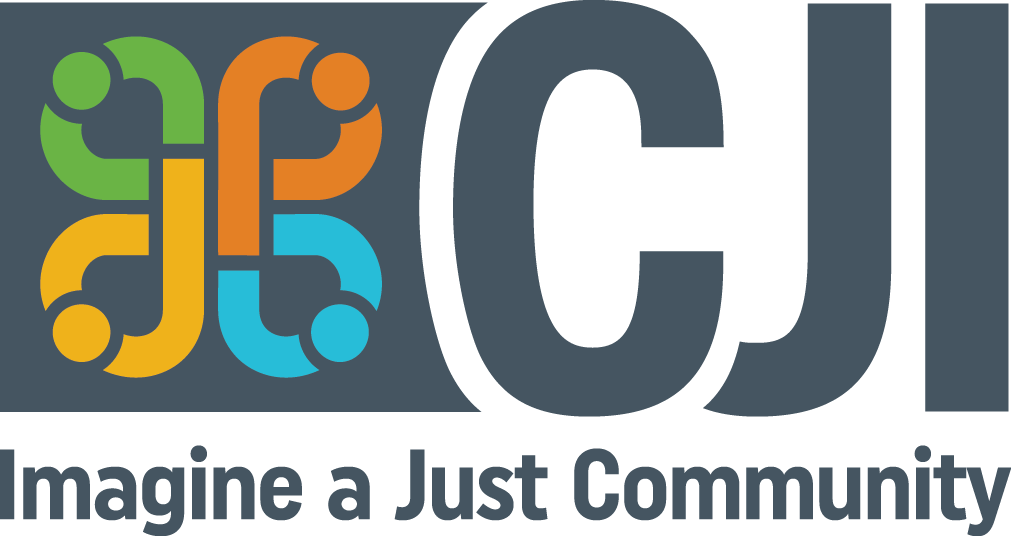Reflecting on Language Through a Restorative Lens
Reflecting on Language Through a Restorative Lens
As a person makes their way through the criminal justice system after committing an offence, it becomes increasingly challenging for society to separate the offence from the person. While it is not outlined in substantive criminal law, one of the ways we hold people who have offended accountable is by placing a label on them, which can lead to stigmatization.
Although it is necessary for people who have offended to be held accountable for their actions, it is also worth reflecting on ways we can hold individuals accountable while simultaneously acknowledging their personhood. One of the areas worthy of thoughtful reflection is how our language shapes the way those around us view members of our community who have offended.
If we look at a restorative justice framework, emphasis is put on respecting the dignity of everyone affected by the crime; including the person who was harmed, the person who caused the harm, community members, and other stakeholders. Thus, while accountability is a core value related to the practice of restorative justice, other principles such as equality and respect must also be present for a restorative approach to work. One of the ways we can achieve these values is by using person-first language when referring to people who have offended. Person-first language is increasingly used in a classroom setting to build empathy skills and encourage inclusivity (https://www.edutopia.org/article/getting-started-person-first-language).
The utilization of person-first language is not intended to place the person who has offended into the spotlight of the discussion. Rather, the goal is to bring everyone who has been affected by the harm to the forefront of the discussion on an equal level. Repairing harm can be accomplished without the erasure of someone’s personhood. Referring to a person as a “sex offender”, “a criminal”, etc, does not leave room to acknowledge the person for all that they are. Mindful communication of our thoughts regarding people who have offended builds a restorative foundation for conversation. For example, saying “a person who has offended sexually”, “a person who has committed a crime”, etc, acknowledges that harm has occurred but does not remove anyone’s personhood.
To aim for justice using a restorative approach, we must view everyone affected by harm as people who are capable of changing and healing. In order for this view to be possible, it is important that we acknowledge people for who they are and not just what they did. The purpose of reflecting on the language we currently use to describe people who have offended is to ensure that we are creating space in our community for growth and restoration. If labels are present, this may promote stigmatization and other negative effects that impede on a person’s ability to successfully integrate back into society as a member of the community.
The ethos of restorative justice is providing an environment where we hope people can find healing and empowerment while feeling safe and understood. Something as simple as changing our discourse about people who have offended can contribute to this culture of instilling hope for people who are often seen as unchangeable and disposable. Reminding ourselves that those who have offended are people is a step in a restorative direction.
It is important to keep in mind that looking at the way we talk about people who have offended is contributing to one side of the conversation. Further reflection is needed to discuss how we label people who have been impacted by harm.
Written by: Mackenzie, CJI Revive Volunteer



